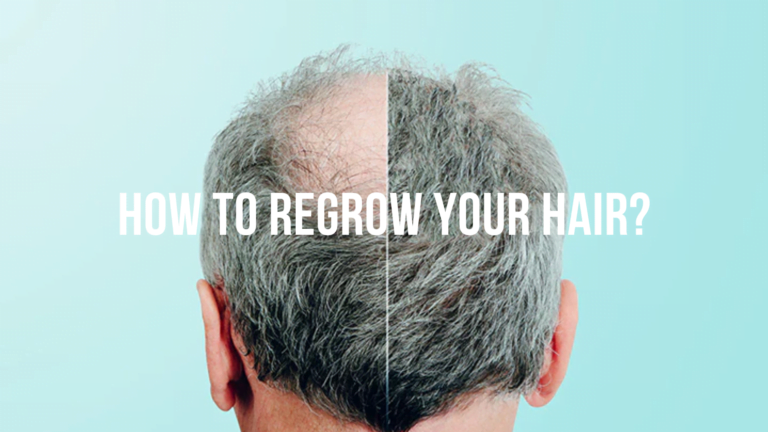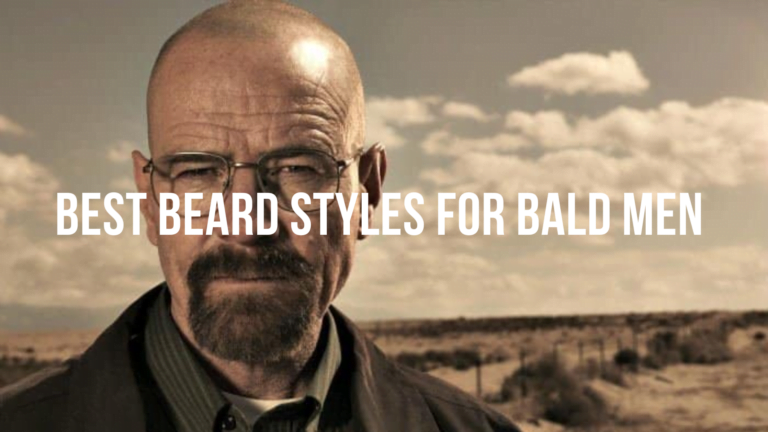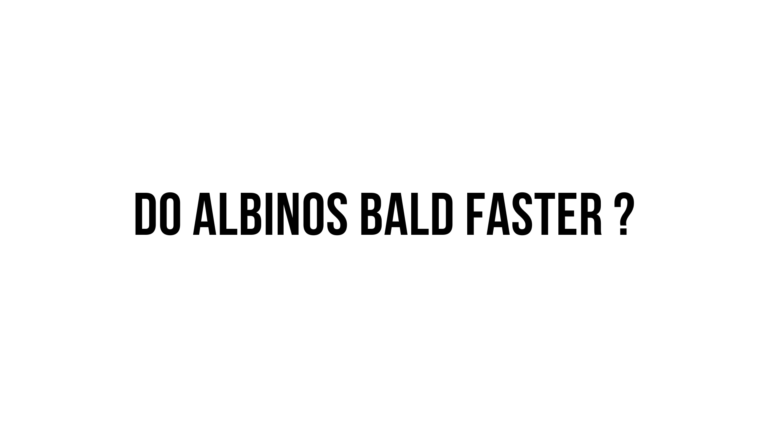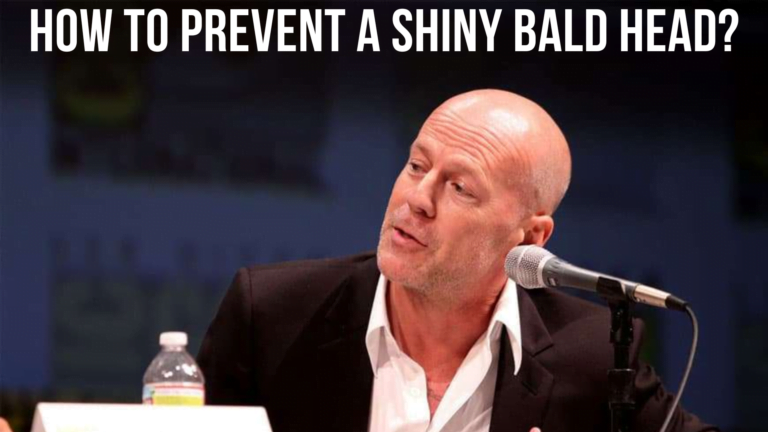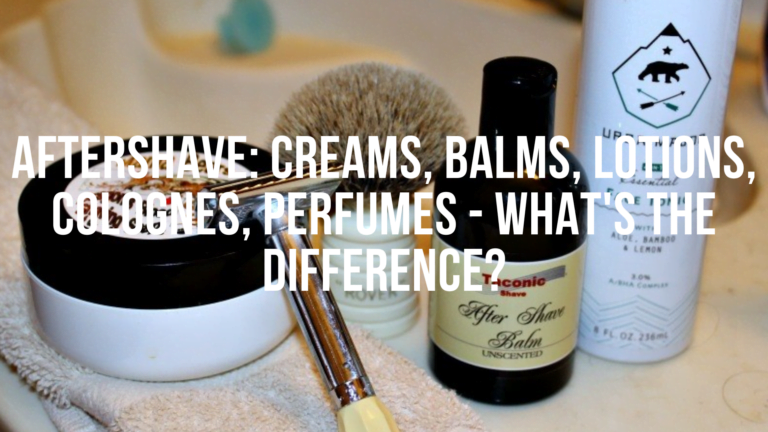Many people enjoy listening to music or podcasts with headphones, but some have wondered if prolonged headphone use can lead to hair loss. There are a few factors to consider when evaluating whether headphones can contribute to hair loss.
How Headphones Could Potentially Cause Traction Alopecia
Traction alopecia is a form of hair loss caused by constant pulling or tension on the hair. Tight hairstyles like pigtails or cornrows are common causes, but headphones could also play a role by creating tension on the hair in contact with the headband or ear pads.
Some key points about how this could happen:
- Tight headbands pressing the headphones firmly on the head may put strain on hair follicles at the temples and around the ears. This persistent traction can lead to inflammation that damages follicles.
- Pressure and rubbing from ear pads resting on the scalp might pull on hairs over time. Friction against the pads when moving your head could make this worse.
- People with thick, heavy hair may be more prone to traction issues from headphones. The weight of the hair alone produces strain. Headphones add additional force.
- Wearing headphones frequently for prolonged periods (several hours per day) increases risk by causing repeated traction over time. Occasional short use is unlikely to be problematic.
Factors That Affect Risk of Hair Loss
Not everyone who uses headphones will experience hair loss. Some factors that alter risk include:
- Headphone style – Larger, heavier headphones or tight bands increase risk. Well-padded, lighter headphones reduce traction. Over-ear headphones may cause less tension than earbuds.
- Hair type – Curly or thick hair is more prone to tangling and traction than fine, smooth hair. Slick hair surfaces reduce friction.
- Head size – People with smaller heads may need to tighten bands more, increasing pressure on hair follicles.
- Length of wear – More hours per day equates to more cumulative traction on hairs over time. Take breaks from wear when possible.
- Activity while wearing – Activities like head banging that cause extra movement and friction likely worsen risk. Remove headphones before vigorous activity if concerned.
- Hairstyles – Tight hairstyles like buns that already pull on hair shafts also increase susceptibility to traction alopecia.
- Heat buildup from headsets – A headset trapped heat against the scalp may theoretically damage follicles. But headsets don’t get hot enough to sufficiently raise scalp skin temperature for hair loss risk.
Prevention Strategies
If you are concerned about potential hair loss from headphones, some tips include:
- Choose looser, well-padded headphone styles that don’t grip the head tightly. Reduce pressure as much as possible.
- Take regular listening breaks to give hair follicles a rest from strain. Try to avoid prolonged wear of multiple hours consecutively.
- Be extra cautious with slicked tight hairstyles that may already be putting tension on hair follicles. Consider looser styles.
- Check for early signs of traction alopecia like thinner hair at temples and behind ears. Stop use immediately if you see any changes.
- Switch to in-ear buds or the kind that hook over your ears.
While headphone traction alopecia is possible in theory, overall risk seems relatively low for most people with occasional sensible use.
But reducing pressure and friction as much as possible is wise, especially if you already have thinning hair or risk factors.
Conclusion
Current evidence doesn’t confirm headset use alone causes baldness in most people. However, headsets may cause some reversible, temporary hair loss due to friction and traction on the hair. But they won’t lead to permanent baldness on their own. Hair should regrow after discontinuing extended headset use.
Simple strategies like taking headset breaks, lightweight designs, and scalp massage help offset any potential risk.
See a doctor if sudden increased shedding or bald spots appear. While baldness remains complex, following healthy hair care habits gives you the best chance of keeping your locks lush.
How tight should a headset be?
The headset should feel secure yet comfortable on your head. It shouldn’t pinch, feel too tight, or move around. Leaving it slightly loose can help minimize friction.
Should you clean your headset pads?
Yes, regularly wipe down headset pads, especially leather ones, to remove built-up dirt, oil, and bacteria that could clog follicles or irritate the scalp.
What medical conditions cause hair loss?
Many conditions beyond male/female pattern baldness can cause hair loss, like thyroid disorders, autoimmune disease, nutritional deficiencies, medications, stress, hormonal changes, and chronic illnesses. See a doctor to diagnose the cause.
What vitamins help with hair loss?
Biotin, vitamin D, iron, zinc, and protein supplements may help improve hair growth, especially if there is a deficiency. But they aren’t a cure-all. Check with your doctor before starting any supplements.

